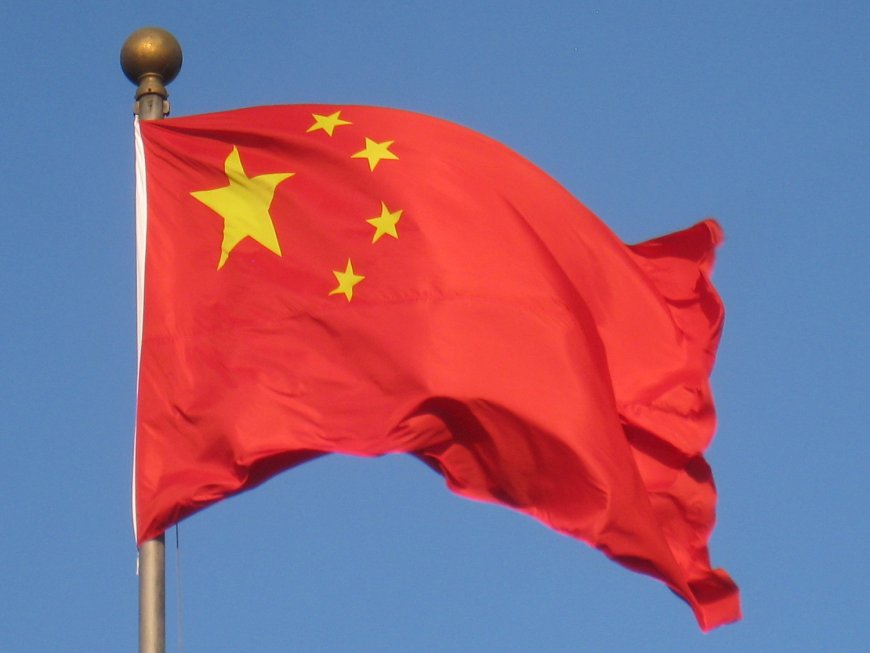China Unveils World’s 1st ‘Meltdown Proof’ Thorium Reactor

Chinese scientists have achieved a significant milestone in clean energy tech after successfully adding fresh fuel to an operational thorium molten salt reactor, Chinese state media has reported. According to Guangming Daily, the 2-megawatt experimental reactor is located in the Gobi Desert, and the latest milestone puts China at the forefront in the race to build a practical thorium reactor–long considered a more abundant and safer alternative to uranium. More significantly, China has relied heavily on long-abandoned American research in the field.
In the 1960s, American scientists built and tested molten salt reactors, but Washington eventually shelved the program in favor of uranium-based technology. “The US left its research publicly available, waiting for the right successor. We were that successor,” project chief scientist Xu Hongjie said. “Rabbits sometimes make mistakes or grow lazy. That’s when the tortoise seizes its chance,” he added.
The experimental reactor uses molten salt as the coolant and fuel carrier, with thorium as the fuel source. For decades, thorium has been billed as the 'great green hope' of clean energy production, thanks to qualities such as producing less waste and more energy than uranium, is meltdown-proof, has no weapons-grade by-products and can even consume legacy plutonium stockpiles.
According to Xu, his team chose the harder--but more meaningful--path by building a real-world solution rather than chasing only academic results. “We chose the hardest path, but the right one,” he said. Xu and his team recreated old experiments by studying declassified American documents, and then developed the technology further. “We mastered every technique in the literature – then pushed further,” he said.
China is already building a much larger 10-megawatt thorium reactor, scheduled to reach criticality by 2030. Nuclear energy has been enjoying a renaissance of thanks to the energy crisis triggered by Russia’s war in Ukraine.
A thorium breakthrough
The milestone by Beijing will no doubt shake up Washington, which has for years been experimenting with thorium. The United States Department of Energy (DOE), Nuclear Engineering & Science Center at Texas A&M and the Idaho National Laboratory (INL) have partnered with Chicago-based Clean Core Thorium Energy (CCTE) to develop a new thorium-based nuclear fuel they have dubbed ANEEL. ANEEL, which is short for “Advanced Nuclear Energy for Enriched Life” is a proprietary combination of thorium and “High Assay Low Enriched Uranium” (HALEU) that hopes to solve some of nuclear’s knottiest problems including high costs and toxic wastes.
ANEEL can be used in traditional boiling water and pressurized water reactors, but performs best when used in heavy water reactors. More importantly, ANEEL reactors can be deployed much faster than uranium reactors.
A key benefit of ANEEL over uranium is that it can achieve a much higher fuel burn-up rate of in the order of 55,000 MWd/T (megawatt-day per ton of fuel) compared to 7,000 MWd/T for natural uranium fuel used in pressurized water reactors. This allows the fuel to remain in the reactors for much longer meaning much longer intervals between shut downs for refueling. For instance, India’s Kaiga Unit-1 and Canada’s Darlington PHWR Unit hold the world records for uninterrupted operations at 962 days and 963 days, respectively.
The thorium-based fuel also comes with other key benefits. One of the biggest is that a much higher fuel burn-up reduces plutonium waste by more than 80%. Plutonium has a shorter half-life of about 24,000 years compared to Uranium-235’s half-life of just over 700 million years. Plutonium is highly toxic even in small doses, leading to radiation illness, cancer and often to death. Further, thorium has a lower operating temperature and a higher melting point than natural uranium, making it inherently safer and more resistant to core meltdowns.
Thorium’s renewable energy properties are also quite impressive.
There is more than twice thorium in the Earth’s crust as uranium; In India, thorium is 4x more abundant than uranium. It can also be extracted from seawater just like uranium, making it almost inexhaustible.
ANEEL could soon become the fuel of choice for countries that operate CANDU (Canada Deuterium Uranium) and PHWR (Pressurized Heavy Water Reactor) reactors such as China, India, Argentina, Pakistan, South Korea, and Romania. These reactors are cooled and moderated using pressurized heavy water.
Another 50 countries (mostly developing countries) have either started nuclear programs or have expressed an interest in launching the same in the near future. Overall, only about 50 of the world’s existing 440 nuclear reactors can be powered using this novel fuel.
By Alex Kimani for Oilprice.com









































